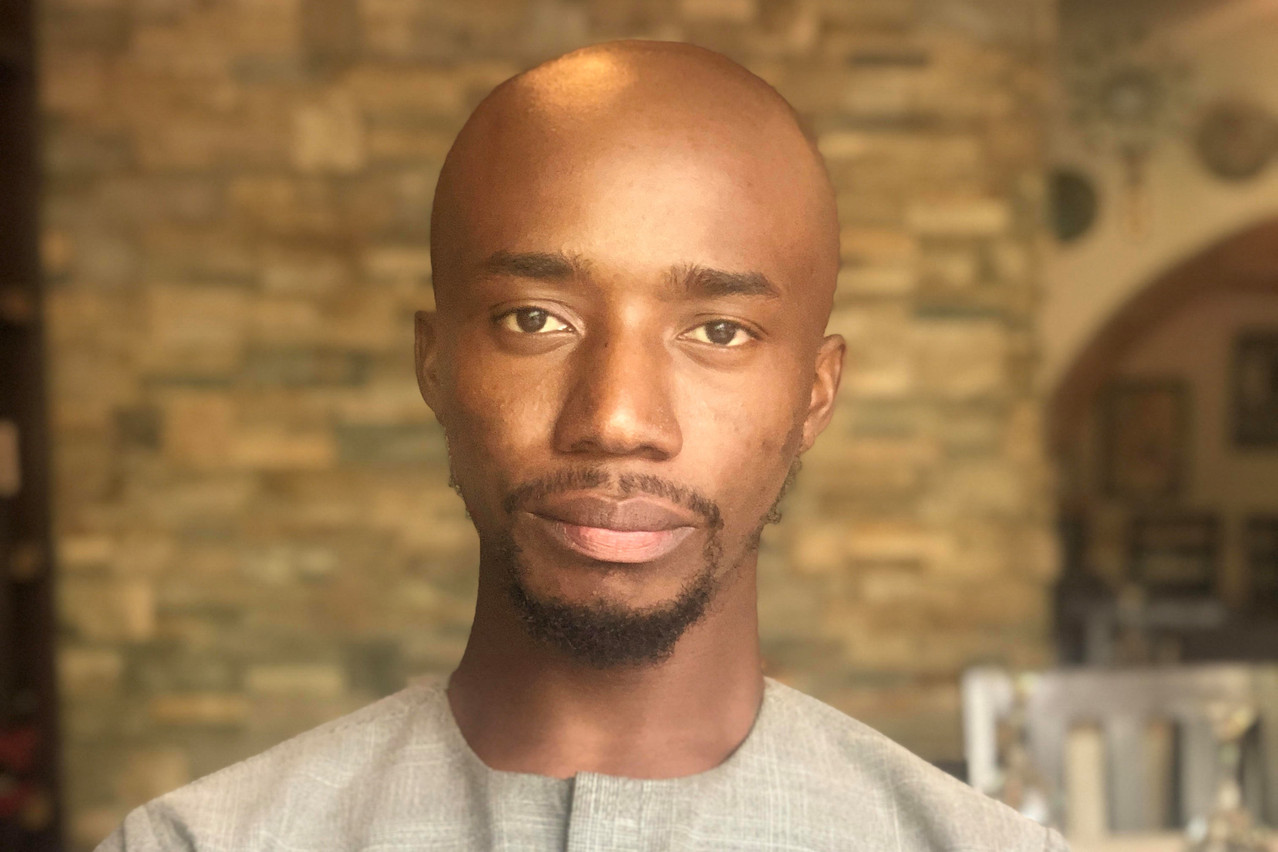What are the qualities needed to launch your start-up?
Fela Akinse. – “To anyone interested in the circular economy space, I would say this is a very challenging space, but also full of opportunities. We shouldn’t just jump on it because the UN says that’s our goal by 2030. It is an ongoing journey. For me, it was really about connecting a lot of dots and facts together, and I could do this efficiently due to previous and current roles as both environmental scientist and shoe designer. For other people, it might be a different game. But it’s key to try to work in this way, while having a great team around you. Our team of highly intelligent people – with great skill sets necessary for scale – has provided us with great inputs to grow and be able to do what we are doing. It’s important to help people, but also to have enough funds to grow the company, because only in this way you can keep helping people.
Where did you get the idea for your start-up?
“Before starting Salubata, we were making shoes from leather. Any time we would sell a pair of shoes, we would bring them to courier companies, who would weigh them before dispatching them. We operated like an online platform.
We noticed that the weight of those shoes varied between 0.4 and 0.5 kg. From my personal studies, I knew that an average American produces about 0.5 kg of plastic waste daily. And I connected the two facts. I thought: if the weight of this shoe equals the weight of the waste an average American produces, why not converting that waste into a shoe?
There are over 381 million tonnes of plastic wastes produced each year, and only a small part – about 9% of it – gets ever recycled. We still see 5 trillion plastics floating in our oceans today. We have an urgent problem – a lot of plastic waste in the environment. We decided to find a solution by combining shoe design with environmental science to imagine how to convert plastic waste into footwear.
Do you have any advice to give to those who are still hesitant to get started?
“Every product you see out there is a continuous prototype in development. You can’t keep waiting for perfect conditions, as none exists.”
